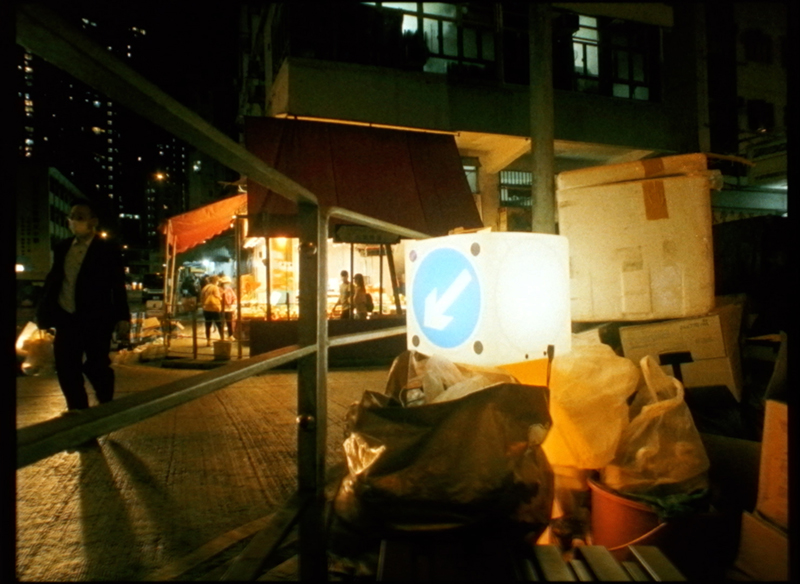
九龍東往事 An Asian Ghost Story Film & Installation | 2022-2023
“The winning film is a story told about presences haunting a city for its complex cultural, economical and sociopolitical histories that resonate in the city today. The wig becomes a phantom limb, an amputated part of the body that exists beyond human life and, unlike many people, has the privilege of traveling across borders, and living multiple lives. Exploring the liminality of the living and the dead, the film stages various oral histories, from factory stories to therapy sessions to karaoke. Impeccable, sophisticated and with great wit, the film we give the New:Vision Award to is ‘An Asian Ghost Story’, by Bo Wang.” - Jury Statement, CPH:DOX
★ New:Vision Award, CPH:DOX 2023
★ Arkipel Award, Arkipel 2023
★ Forum Lenteng Award, Arkipel 2023
★ Award for Excellence, Image Forum Festival 2023
★ Cosmos Award for the Best Innovative Film, Curtocircuito IFF 2023
★ New Jury Award, Curtocircuito IFF 2023
★ Golden Dove Award, DOK Leipzig 2023
★ Grand Prix André S. Labarthe, Festival Entrevues Belfort 2023
★ Winner Documentary Short, Sharjah Film Platform, 2023
★ Honorable Mention, e-flux Film Award, 2024
★ Special Mention, Label Jeune Création et Champs-Élysées Film Festival, Brive Film Festival, 2024
★ Audience Award, Chinese Film Festival Hamburg, Hamburg, 2024
This work is about haunting memories of Asia's late 20th-century modernization. The story departs from a 1965 United States embargo on the hair trade, known as the "Communist Hair Ban". Yet, in every wig resides a ghost from the imperial past. Wigs were vital for the rise of the Asian economy in the post-war era. In the heyday of the 1960s, it was the number four export in Hong Kong's export-orientated industrialization. Between Mao's China - the largest source of hair supplies, and the insatiable Western market, Hong Kong functioned as the gateway. In 1965, U.S. Treasury Department imposed an embargo on "Asiatic hair", to cut off foreign currency to Communist China in the hair trade. The highly racialized category of "Asiatic hair" was later revised as "communist hair", to enable the wig industry to develop in U.S. allies including mainly South Korea and Japan, which led to a significant reconfiguration of light industry in East Asia. Departing from the moment of the communist hair ban, through stories of movement, diaspora and migration, this project examines the role of Hong Kong as a transient space that mediates and sanitizes the connection between different worlds, and the relationship between U.S. Imperialism and East Asia order in the Cold War era.
Stills
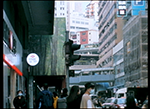 |
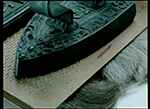 |
 |
 |
 |
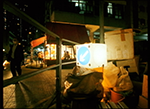 |
 |
 |
Installation View (CHAT, Hong Kong)
 |
 |
 |
 |
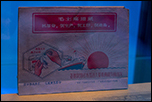 |
 |
 |
 |